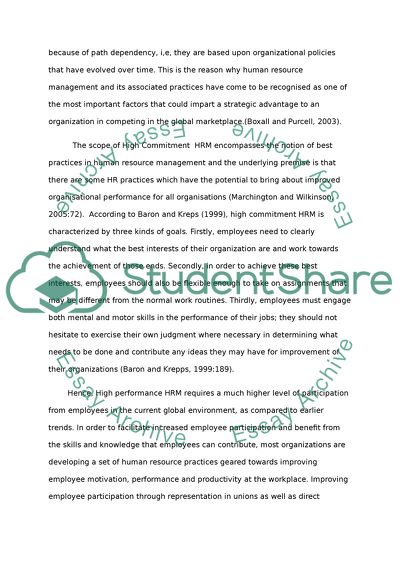Cite this document
(The Concept of High Commitment Human Resource Management Term Paper, n.d.)
The Concept of High Commitment Human Resource Management Term Paper. Retrieved from https://studentshare.org/human-resources/1552415-1critically-evaluate-the-claim-that-high-commitment-hrm-leads-to-improved-levels-of-organisational-performance
The Concept of High Commitment Human Resource Management Term Paper. Retrieved from https://studentshare.org/human-resources/1552415-1critically-evaluate-the-claim-that-high-commitment-hrm-leads-to-improved-levels-of-organisational-performance
(The Concept of High Commitment Human Resource Management Term Paper)
The Concept of High Commitment Human Resource Management Term Paper. https://studentshare.org/human-resources/1552415-1critically-evaluate-the-claim-that-high-commitment-hrm-leads-to-improved-levels-of-organisational-performance.
The Concept of High Commitment Human Resource Management Term Paper. https://studentshare.org/human-resources/1552415-1critically-evaluate-the-claim-that-high-commitment-hrm-leads-to-improved-levels-of-organisational-performance.
“The Concept of High Commitment Human Resource Management Term Paper”, n.d. https://studentshare.org/human-resources/1552415-1critically-evaluate-the-claim-that-high-commitment-hrm-leads-to-improved-levels-of-organisational-performance.


